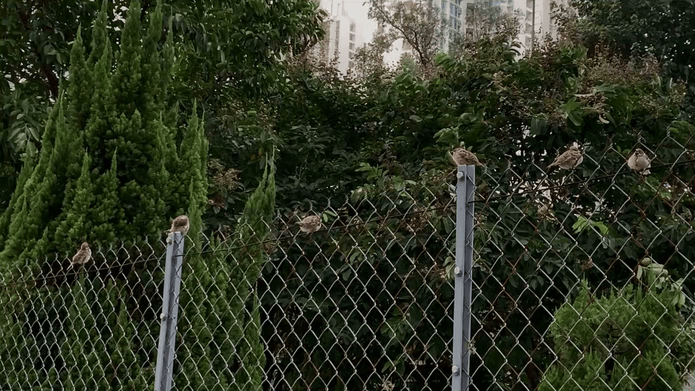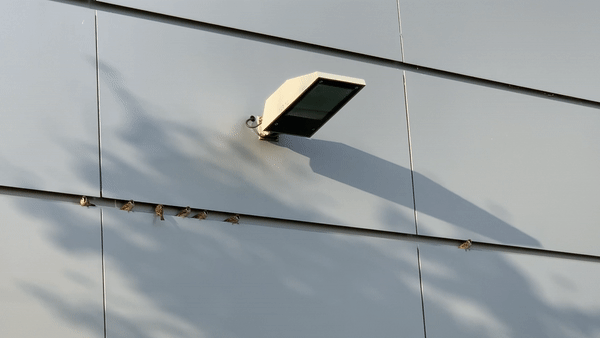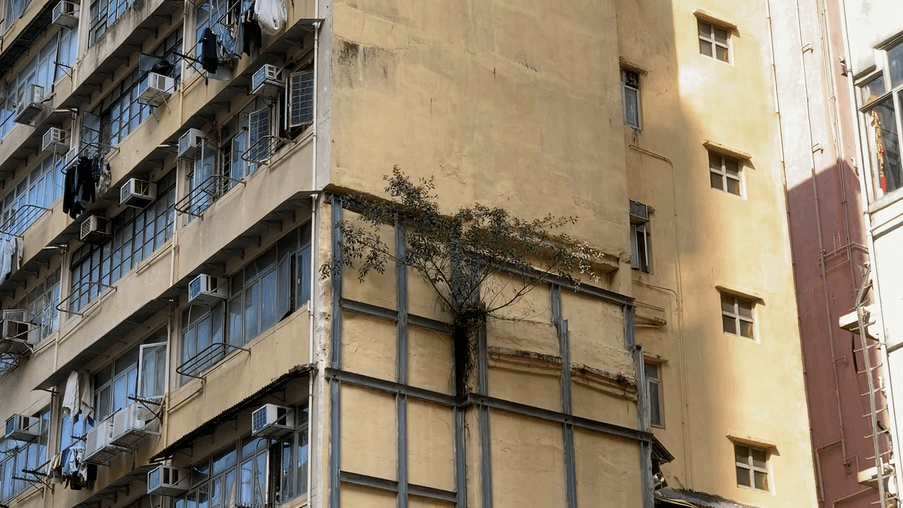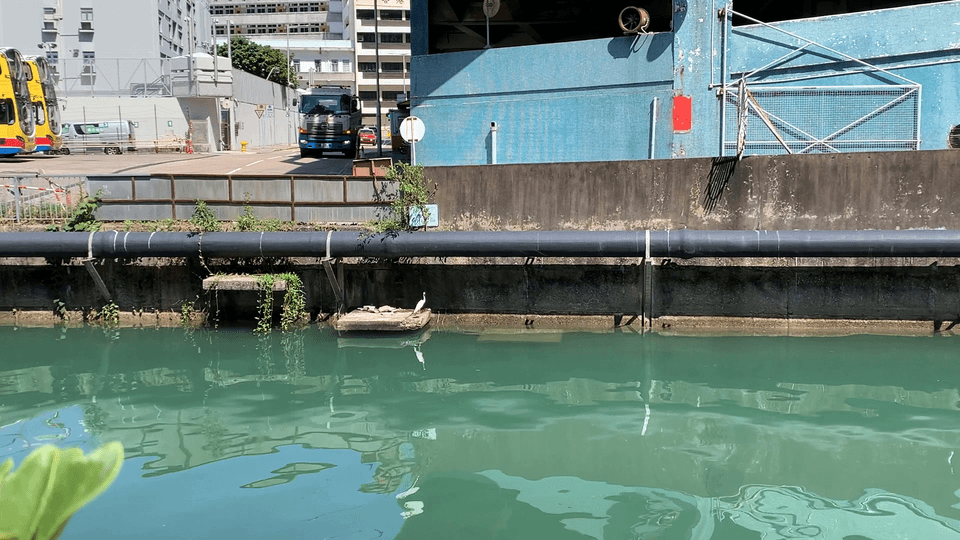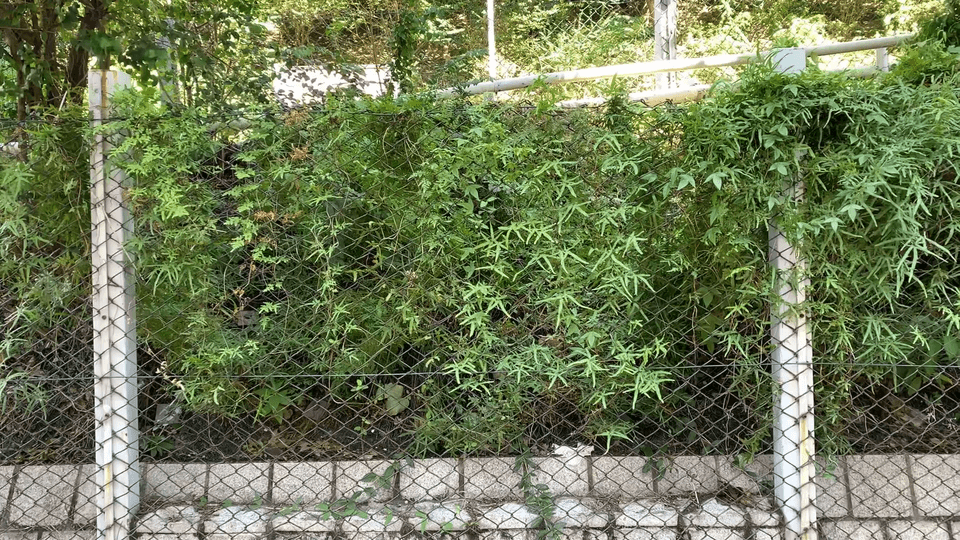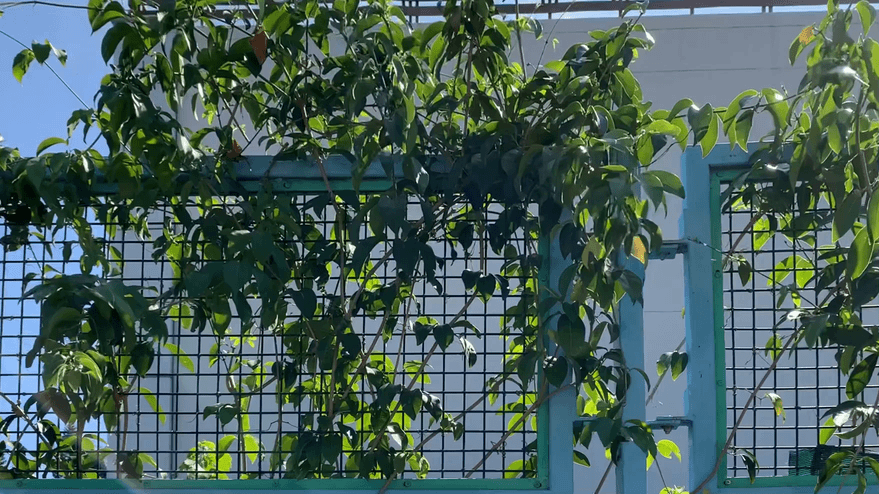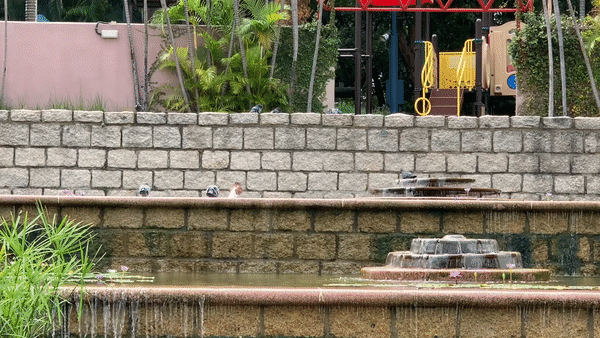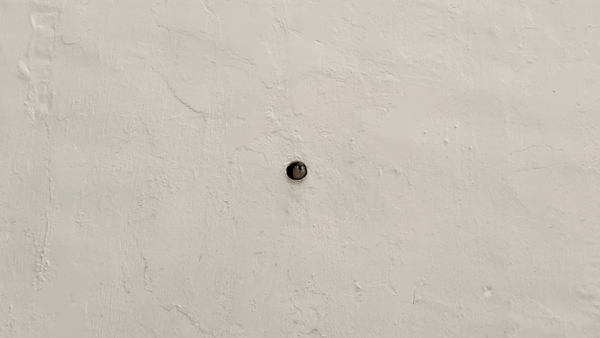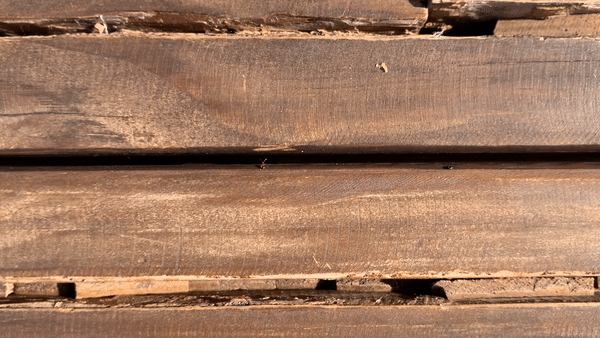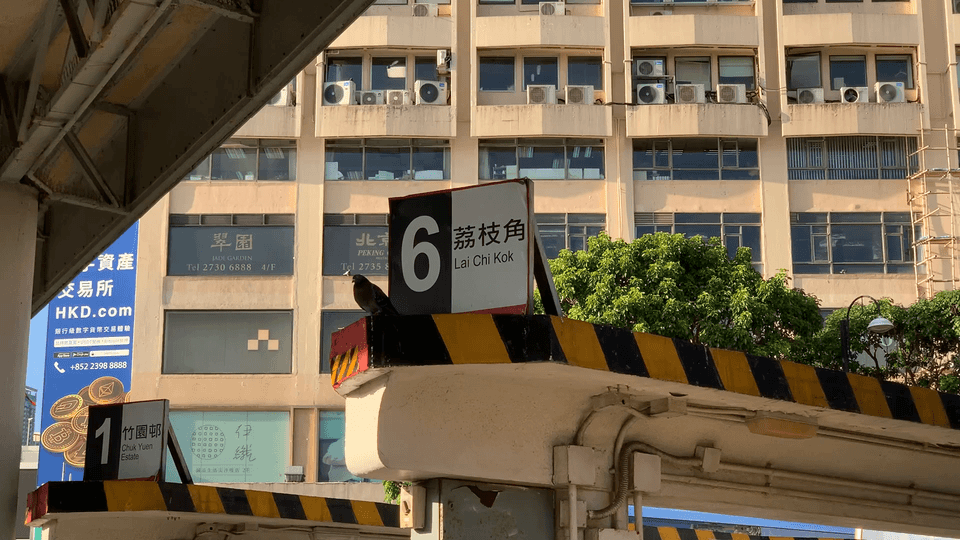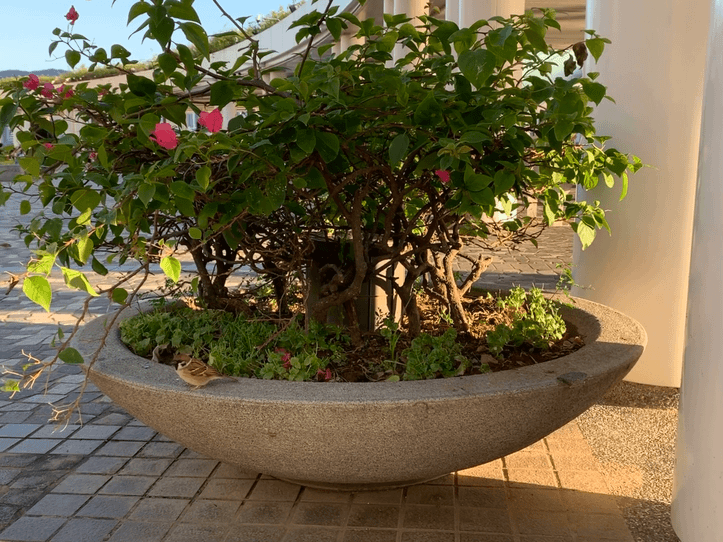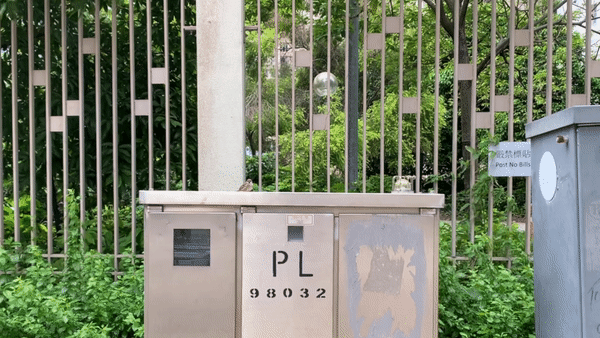How well do human share the planet with other species?
How could our cities accommodate not just for human needs but also for other beings’ needs?
Human-planet Public Objects is a research design project which looks into our extremely close yet incredibly far relationship between human and other species within our urban landscape. The project reflects on the conventional way of user-centric design approach, which is human focused and may not be a sustainable approach in long run due to rapid urbanization and climate change.
By focusing on the scale of street objects in the city, we reveal the juxtaposition of the original design intention for human use and the accidental accommodation by other beings. Thus, we hope to bring reflections and imaginations on a Human-planet design which can cater all beings.
OBSERVATIONS
PRECEDENTS
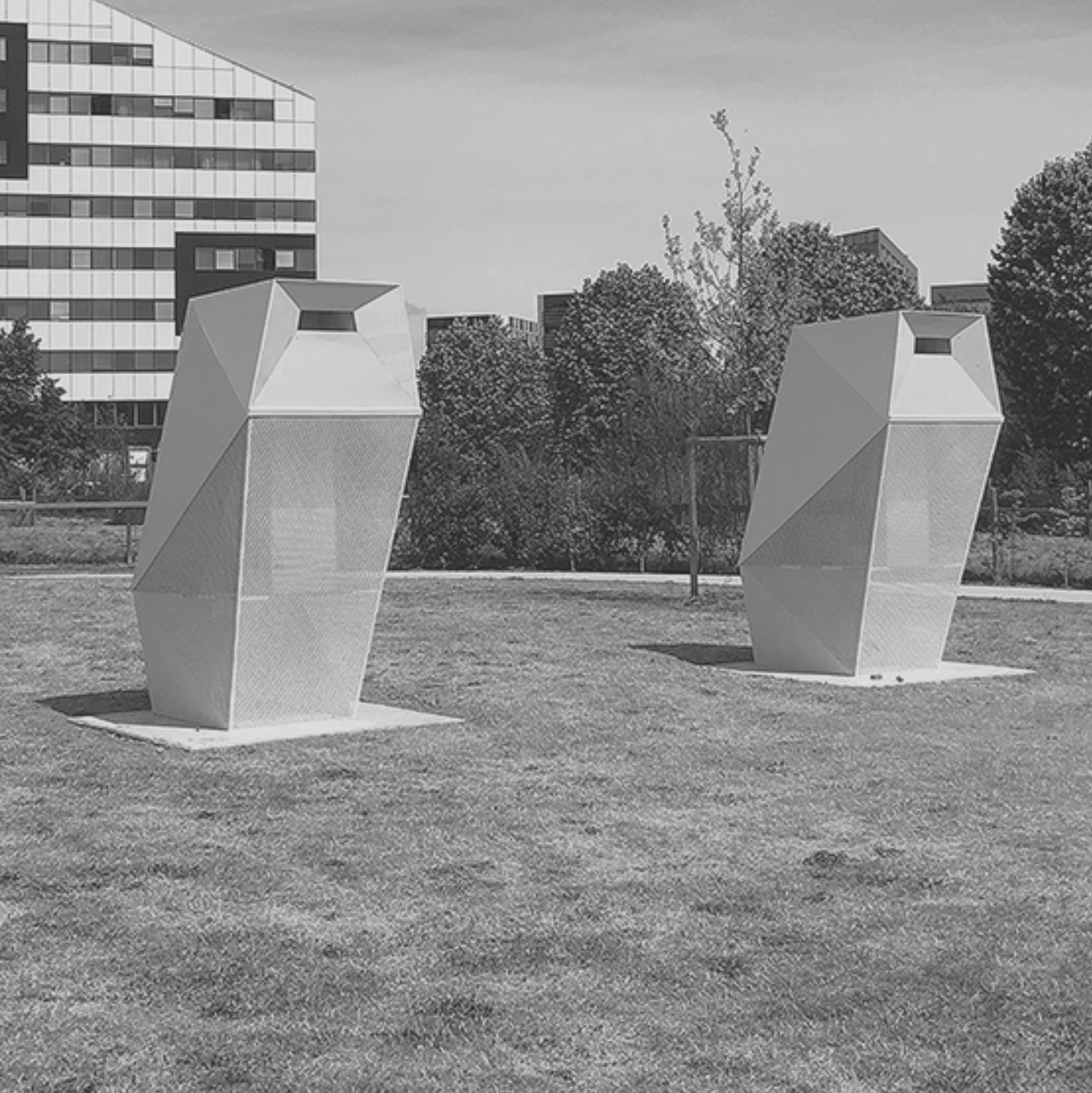
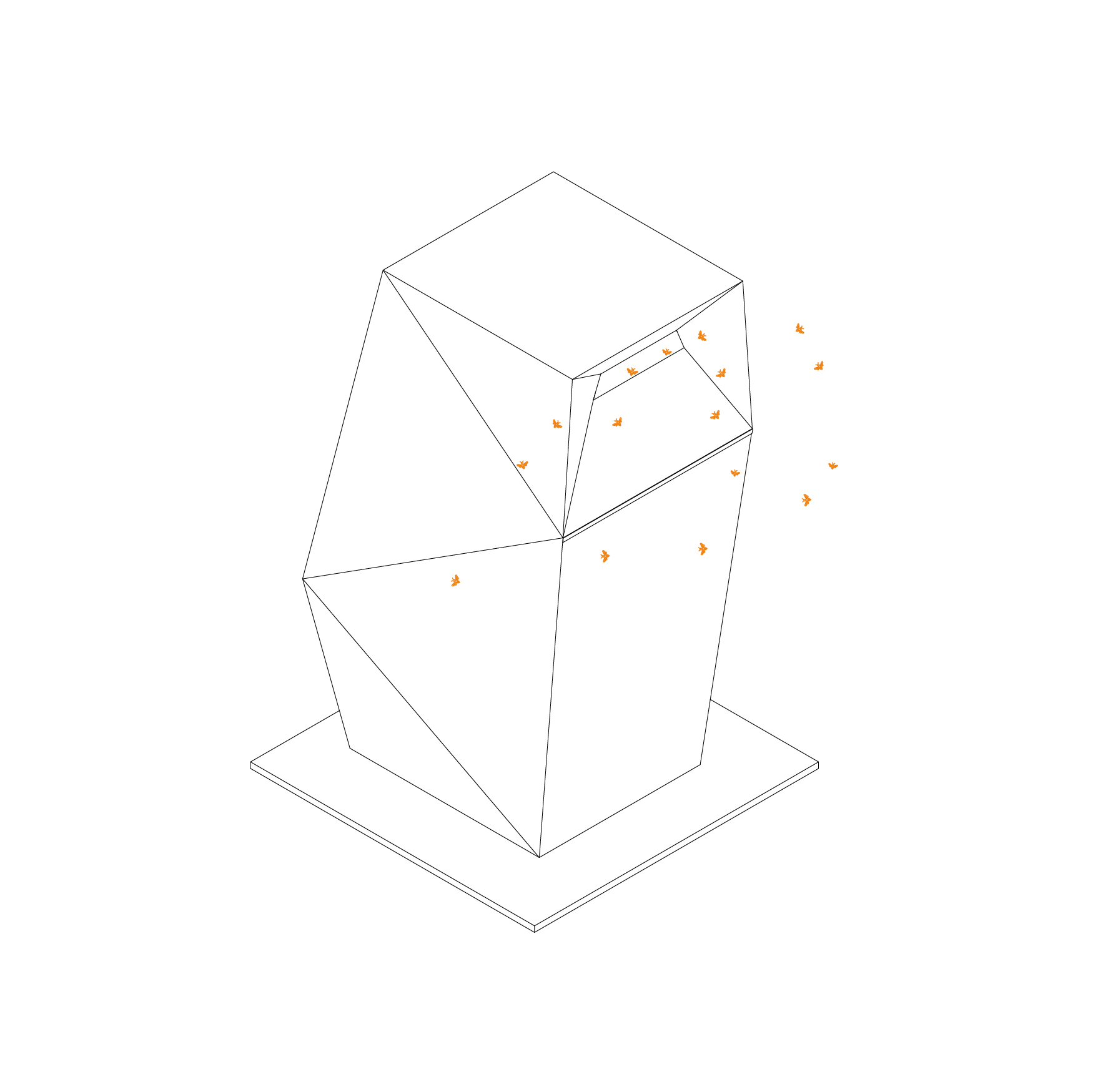


BEEHIVE
DESIGNER:BplusB ArchitecturesContemporary bee hotel designed for the bees in the urban setting.

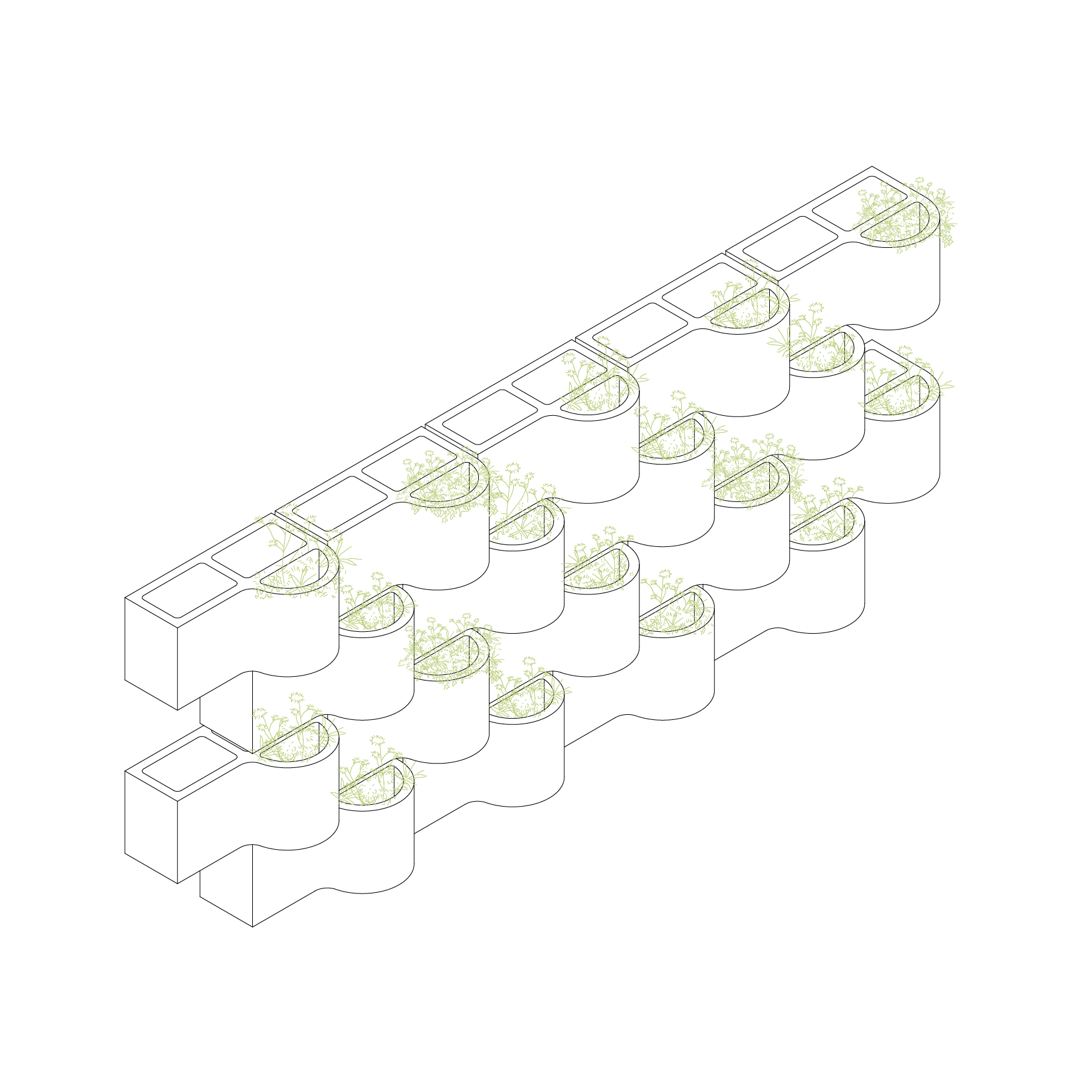


GREEN WALL BLOCK
DESIGNER:Studio A+LThe bulge of the bricks allow pouches to accommodate vegetation, while performing a structural block as itself.
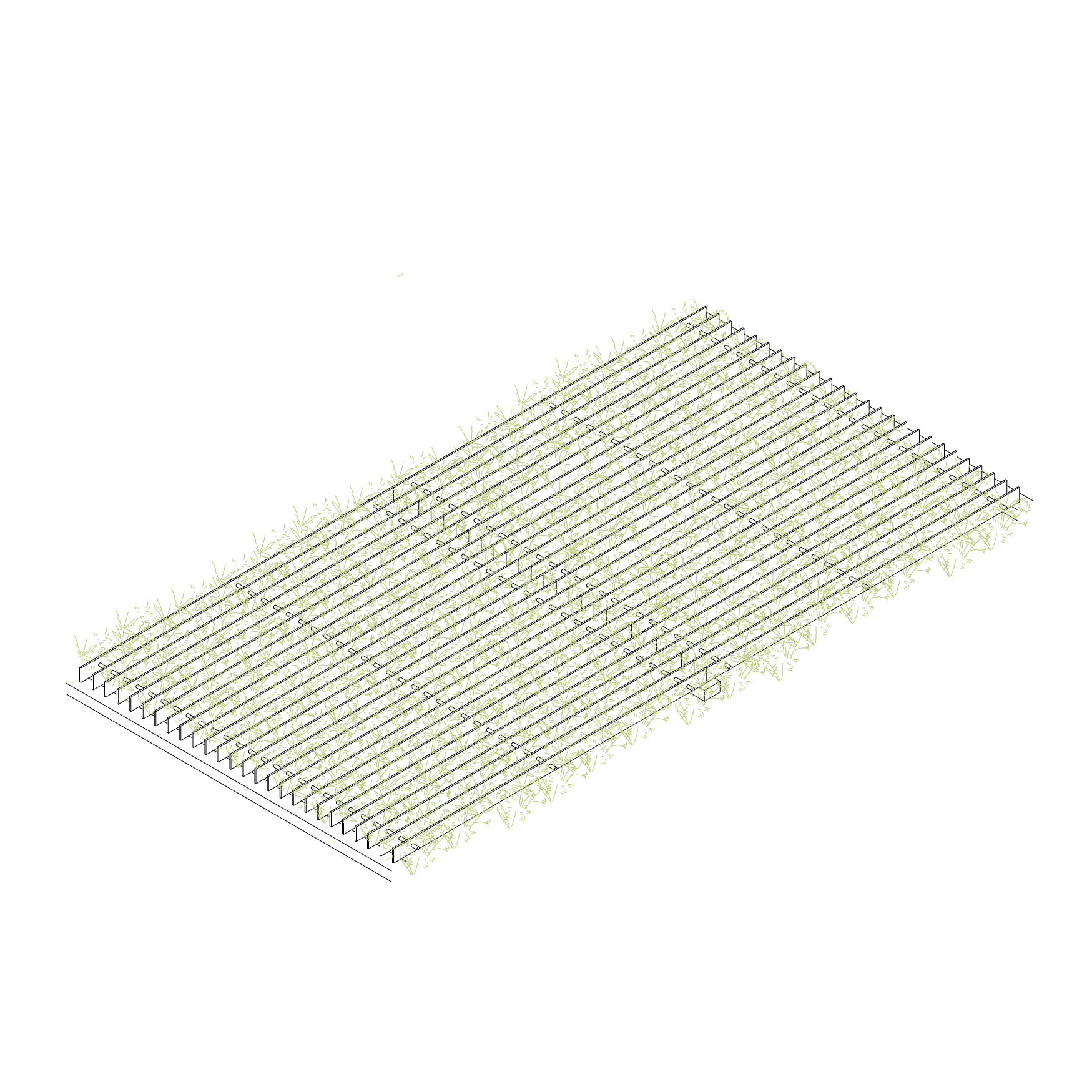


GREEN PAVING
DESIGNER:LP ArchitectureThe steel grating paver allows greenery to strive through slots for mutual co-existence.




BEE BUS STOP
DESIGNER:CLEAR CHANNELVegetations support urabn biodiversity with bees, and also help capture dust and store rainwater.



URBAN BIRDHOUSE
DESIGNER:Ateiler 4 | 5Gated on the street lamps and road signs in the city, the birdhouse allows flexibility to be anywhere and taken down for maintenance whenever needed.

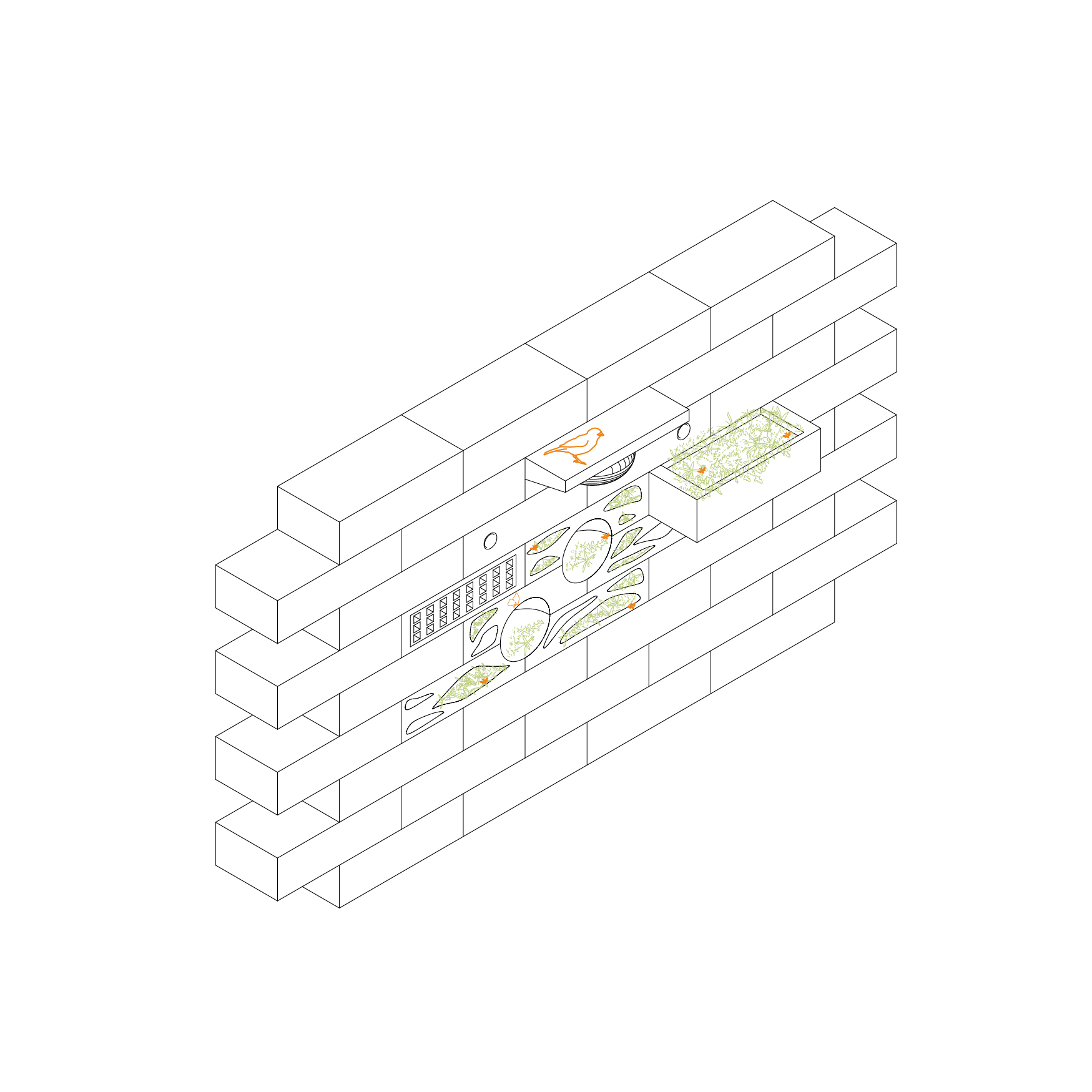


BRICK HABITAT
DESIGNER:PiKsInviting various lifeforms while fulfilling its primary function as bricks to accomodate human.




SUPERVERDE
DESIGNER:Stefano BoeriThe mesh bench over vegetation immerses users into the floating nature.




LIVING PAVILION
DESIGNER:The LivingWhile good urban microbiome promotes public health, the bio-receptive materials trap and host microoragnisms in surfaces containing pockets.



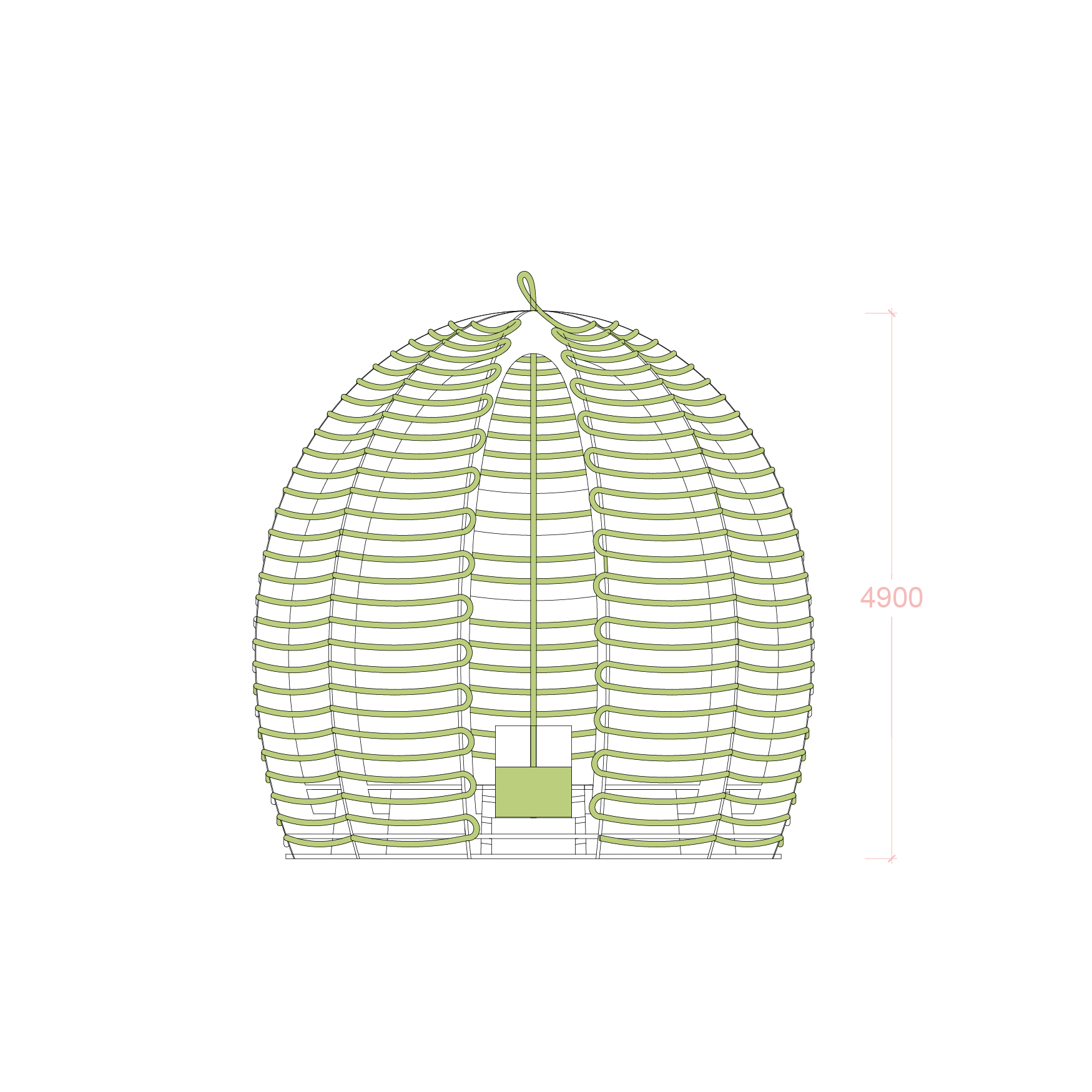
ALGAE DOME
DESIGNER:Space 10Micro algae is cultivated inside the closed tubes through photo-bioreaction.
DIALOGUES
This publication has been supported by Design Trust - Hong Kong Ambassadors of Design, through the Design Trust Seed Grants in 2021.
All rights reserved. No part of this publication may be reproduced, stored in a retrieval system, or transmitted in any form or by any means, electronic or mechanical, including photocopying, recording or any information storage and retrieval system, without the prior written permission of the copyright owners.
All rights reserved. No part of this publication may be reproduced, stored in a retrieval system, or transmitted in any form or by any means, electronic or mechanical, including photocopying, recording or any information storage and retrieval system, without the prior written permission of the copyright owners.
Published in 2022 by
Aron Tsang (Napp Studio & Architects) & Rosalia H.C. Leung
Writing
Rosalia H.C. Leung
Editing
Rosalia H.C. Leung, Frank J. Hoffman
Documentation and Graphics
Frida Law Ka Yi, Eryn Kam Hoi Ka, Junho Yang (Napp Studio & Architects)
BOOK DESIGN
Kennif Studio
Website Design
Frida Law Ka Yi, Divry Carla Sylvia(Napp Studio & Architects)
Aron Tsang (Napp Studio & Architects) & Rosalia H.C. Leung
Writing
Rosalia H.C. Leung
Editing
Rosalia H.C. Leung, Frank J. Hoffman
Documentation and Graphics
Frida Law Ka Yi, Eryn Kam Hoi Ka, Junho Yang (Napp Studio & Architects)
BOOK DESIGN
Kennif Studio
Website Design
Frida Law Ka Yi, Divry Carla Sylvia(Napp Studio & Architects)
Napp Studio & Architects
nappstudio.com
contact@nappstudio.com
Rosalia H.C. Leung
rosalialeung.com
info@rosalialeung.com
nappstudio.com
contact@nappstudio.com
Rosalia H.C. Leung
rosalialeung.com
info@rosalialeung.com

